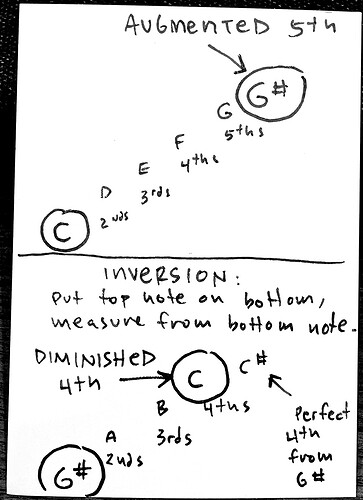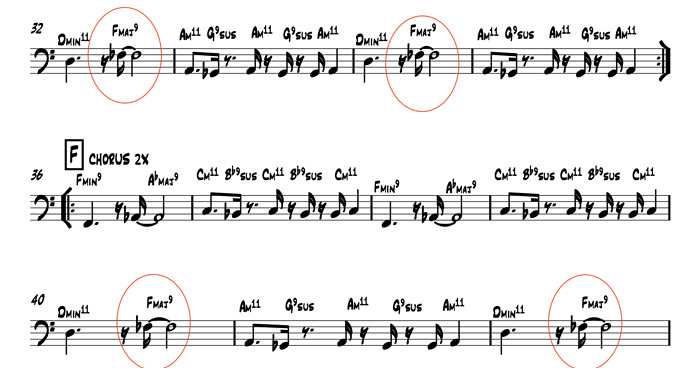To reiterate my thoughts from before - these concepts are not important at all to your playing, and I have never, in my 2.5 decades of professional bass playing, have had to ever once think about, confront, or have to deal with - let alone invert - a diminished 4th.
It is strictly a theoretical and technical exercise that has nothing to do with practical bass playing at all.
The problem that you’re running into in your example is a very understandable problem and one that is stemming from your very astute common sense.
This intellectual excercise has nothing to do with common sense - it is only about strictly and dogmatically following theoretical rules, even when they make no practical or musical sense.
For example.
If you have a 4th of C up to F, that is a perfect 4th.
If you lower the F by a half step and want it to be a diminished 4th, you have to call it an F flat. Fb.
It is the same note as an E.
It is the same pitch as an E.
It has been given this theoretical name for no good reason other than it is theoretically possible to call it Fb.
C to Fb is a diminished 4th.
You will never see this in music you play.
No one will ever reference an E as an F flat. It won’t ever be in your life or your music.
If you spell the notes C and Fb, the correct interval description is a diminished 4th.
If you invert that, and start with an Fb, then the correct identification of the interval Fb up to C would be an augmented 5th.
These theoretical problems only exist as mental exercises.
As @howard said, learning the intervals and inversions that exist in the major scale, major and minor triads and the sounds and musical bits that you find in practical music examples makes sense.
I wouldn’t worry at all about inverting augmented and diminshed intervals, and have never brought this up to any of my students, even in the most advanced playing / learning circumstances because it is not relevant to bass playing.
I’m happy to keep going with this, because I do love abstract music theory and explaining it, but I want you to be fully aware that this information has no value to practical bass playing, and if it is a stumbling block, it can be absolutely ignored and you will live a rich and happy musical life.


